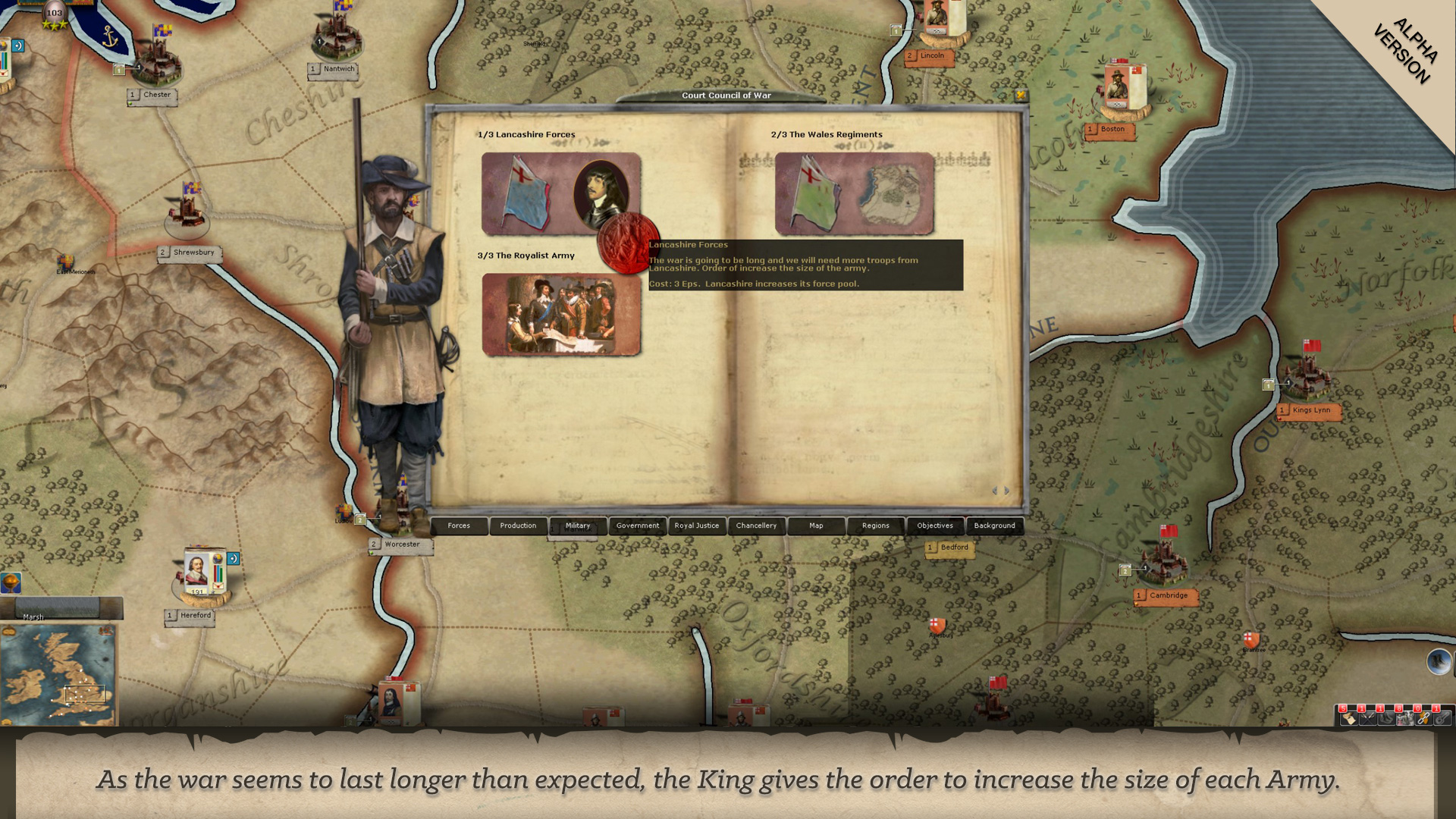PhilThib wrote:I believe this would make nice flavor events, as the North American theater is not in the game but the flavor/feeling would be great.
Would you be able to write a few descriptive texts for those events and provide the dates?

This is probably the most succinct account available online take from Stephen Tempest summary at:
https://www.quora.com/What-happened-in- ... -Civil-War In 1644 a violent family feud broke out in Maryland between the Calverts and the rival Claiborne family, over some land that the Claibornes thought should belong to them but the Calverts had occupied. The conflict was intensified by religious and political differences, because the Claibornes were Puritans, and attracted support from those opposed to the Royalist, pro-Catholic Calverts. Two or three years of unrest and low-intensity warfare followed.
There was also naval conflict in the north. The fishermen of Newfoundland were Royalist, and fought several skirmishes at sea with New England merchant ships. This was nothing new - privateering was a way of life for many mariners, and the English, Scots, Irish, Dutch, French, Germans and many others all participated enthusiastically.
The Third Powhatan War (or Tidewater War) should also be mentioned. In 1644 the Powhatan Confederacy, angered by constant English encroachments on their lands, responded by massacring about 10% of the civilian inhabitants of Virginia in an attempt to drive them away from their lands. The Virginian colonists responded by launching destructive raids on Powhatan-allied tribes, sparking a two-year war that ended with the Native Americans driven out of the whole region around the James River. This conflict was unrelated to the Civil War, except that governor Sir William Berkeley used it as an excuse to move against some of his Parliamentary enemies by claiming (with little evidence) that they'd conspired with the Powhatans to destroy the colony
In 1651, Parliament sent General-at-Sea George Ayscue with seven warships to ensure its control of the American colonies. Ayscue encountered armed resistance at Bermuda, and had to spend several months blockading the island and landing raiding parties until its governor surrendered. When he arrived in Virginia and Maryland in March 1652, however, the colonies gave up without a fight.
There would, however, be further conflict in Maryland. The governor, William Stone, was allied to the Royalist Calvert family, but he was a moderate and so was allowed to remain in office subject to the oversight of several Parliamentary Commissioners (including William Claiborne). In 1654, however, Stone resigned his office - only to return a few months later with troops in an attempt to regain control over Maryland by force of arms.
The result was the Battle of the Severn on 25 March 1655, fought near present-day Annapolis MD. The 'battle' lasted half an hour and involved no more than 300 people on both sides combined; a total of 19 men were killed. Stone lost the battle and was taken prisoner - he was sentenced to death for treason, but was pardoned and allowed to live out his life in retirement. Parliament retained control of Maryland until the Restoration.







